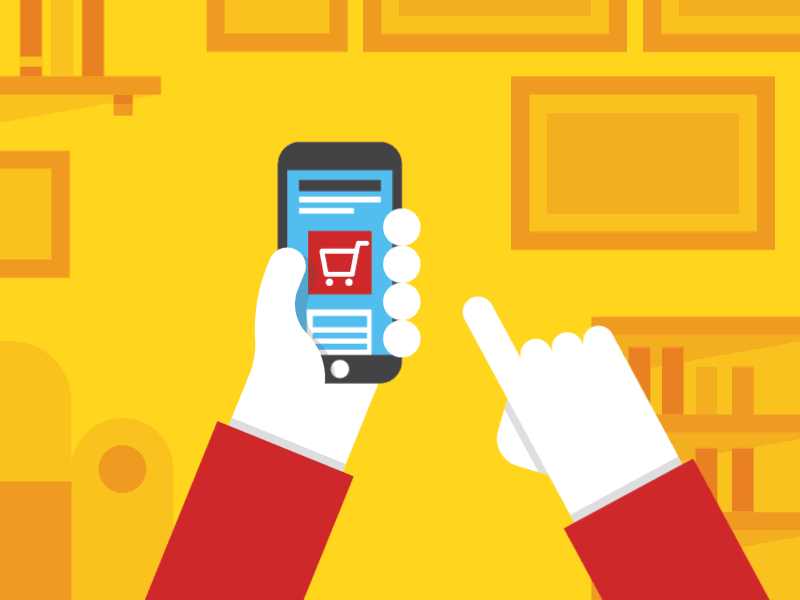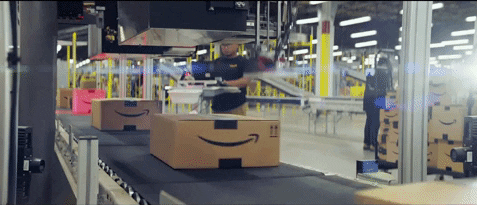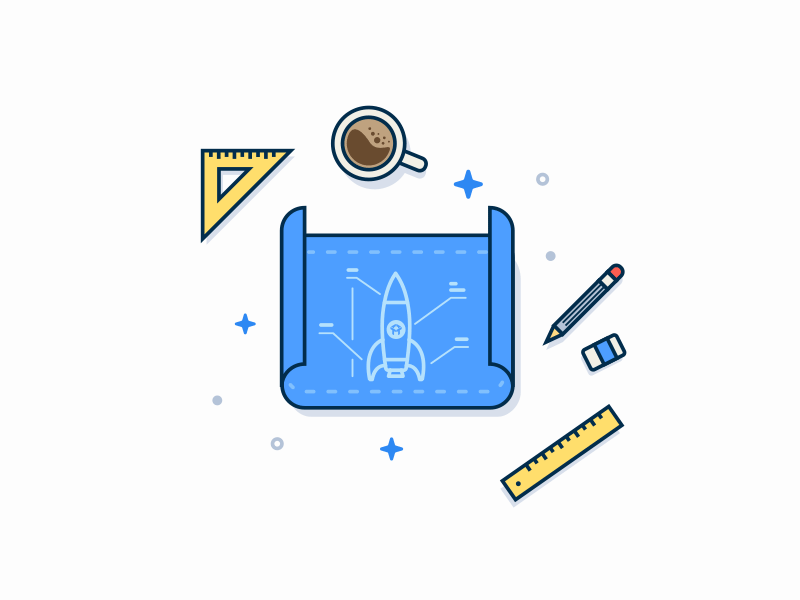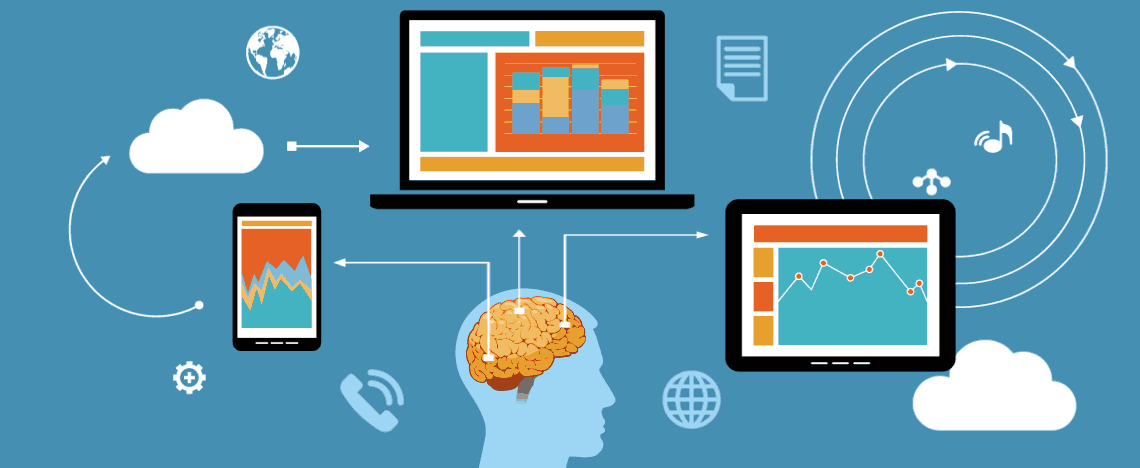Although we may be well into 2021, much of what happened in 2020 will have lasting effects for years to come—especially when it comes to purchase behavior.

While most of us shifted our spending in many ways due to closed brick-and-mortar locations, stay-at-home orders, and a lack of access to activities, experiences, and entertainment we’ve grown accustomed to—this led to an even bigger shift when it came to how we’re making purchases within the booming eCommerce ecosystem.
Businesses around the world quickly scrambled to meet the demand of customers who pivoted their buying to the online marketplace at a rate of over 40%.
And while the stars look to be aligning as many cities and states begin or continue slow re-openings, the mass adoption of online commerce will not (I repeat—will NOT) disappear.
In fact, many businesses are going to find that maintaining a robust online marketplace will provide an additional—if not primary—revenue stream for the foreseeable future. With this in mind, let’s look at some prime opportunities for ramping up your ecommerce offerings in 2021!
Amazon

Ah, Amazon. The little site that blossomed from meager book vendor to a world-shifting digital behemoth that has the ability to make or break brands.
There is no denying the reach Amazon has and the attention it commands—not to mention the impact it can have on attracting sales and streamlining product distribution.
But with great attention comes great competitiveness.
Amazon can feel like a maze when it comes to understanding all your options, requirements, and possibilities for brand page and product optimizations. Should you opt for FBM (fulfillment by merchant) or FBA (fulfillment by Amazon)? Do you need to optimize your images or product descriptions or both? Should you go all organic or pay for that “prime” placement?

When it comes to Amazon, there is a lot to consider.
The best task to start with (assuming you already have your brand page up and running) is optimizing your listings for the best possible organic reach—before you start dropping your hard-earned cash on advertising. Check out our previous blog post about Amazon SEO for 2021 to get a jumpstart on this process.
Offline Conversion Tracking (OCT)
 A lesser-known tool/strategy is the use of offline conversion tracking.
A lesser-known tool/strategy is the use of offline conversion tracking.
If you are running ads on Google or Facebook, you are more than familiar with the concept of ad conversions and sales conversions.
Knowing how well an ad converts into sales dollars gives you some idea of how valuable the ad messaging (and platform) may be to overall profitability.
The big mystery when it comes to assigning value is attribution—how can we attribute success when there are so many touchpoints before a sale is made? We search, click, go to websites, do more searches, check out a review on YouTube…and the list goes on and on.
But what if after conducting all this online research, your customer jumps in their car, heads to their go-to store, and buys your product in person? Yes, you made a sale. But until recently, this “offline” transaction could not be tied to any “online” activity.

Offline conversion tracking essentially lets you inject this offline activity back into your online campaigns to see if success can be attributed to your digital advertising investment.
Why is this a game-changer? Because the combination of offline conversion data and online data can improve the effectiveness of your campaigns without increasing ad spend!
To get the full scoop on OCT, you can check out our blog post on the subject.
AI and Machine Learning

Most digital media ad platforms like Google and Facebook have been placing an increased focus on leveraging the power of AI and machine learning—but perhaps not in the ways you think.
The primary focus for these technologies (at least in the ad space) is to more rapidly optimize the performance of campaign creatives for better ad targeting.
So, what do agencies like National Positions focus on while these technologies are in play? Building better creatives, messaging, and strategies so these automated technologies have even more programmatic creatives to test and optimize.
 Testing is a huge part of running eCommerce campaigns, and it can take time when it comes to understanding what images, videos, colors, copy, and CTAs really make an impact.
Testing is a huge part of running eCommerce campaigns, and it can take time when it comes to understanding what images, videos, colors, copy, and CTAs really make an impact.
Taking advantage of built-in AI and machine learning tools can let you speed up this process that frankly no human can keep up with.
Note: AI and machine learning is actually at the top of our 2021 “disruptors” list in our latest ebook, which you can access and download here!
Shopify

For so many brands out there, planning to sell their products online and “going direct” is the number one goal.
If your business is creating and producing its own products, you can cut out numerous costs associated with selling through third parties. Going direct also helps you stay more cost-competitive for your customers, which is a selling point that never hurts.

So, this means you need an online marketplace that not only gives you flexibility but that is reliable enough to grow with your brand. While there are options like WooCommerce, BigCommerce, and Magento, we recommend you take a look at Shopify. (And no, we are not getting paid to recommend them!)
Over the past several years of building and managing eCommerce brands, Shopify has been a reliable solution for nearly any product type.
And while there are platforms that offer more options, they are also more complex. Shopify is a bit more user-friendly for businesses.
So, if the goal is to “go direct” as part of your marketing mix, consider giving Shopify a try. (As of March 2021, they are offering a free 14-day trial—just FYI!)
Automation and Remarketing
If you are planning to have any long-term success with eCommerce, using automation and remarketing are a must. The reason is simple. When we (yes, even you) purchase online, it is rarely a direct line of search, add to cart, checkout, done. Instead, we search, click, compare, add to cart, leave the website, get distracted scrolling through Instagram, etc.

With people being so easily distracted, you need automation and remarketing to bring those eyeballs back to your brand. Here are just a few ways this can work to improve your existing campaigns.
1. Focus on abandoned shopping carts.
This is perhaps one of the biggest culprits when it comes to a sale falling through the cracks. Automate a follow-up email to remind your customers that their purchase is just a click away. Will some customers ghost you? Of course. But by automating this process, you will ensure that at least a portion of your profits are not left on the table. Sometimes all it takes is a simple reminder.
2. Don’t let them forget about you!
If traffic is coming to your website but sales are not converting right away—don’t worry. You can get this attention back with remarketing. By using Google and Facebook pixels you can target follow-up ad messaging to those who are shopping around. Customers rarely purchase on their first visit, so don’t let them forget about you.
3. The sale is just the beginning.
You don’t want to just sell a product…you want to gain a loyal customer! By automating email or SMS text follow-ups and future promotions, you have a better shot at keeping the customer for life. Remember, lifetime value matters, especially in a digital world that has no shortage of competition. Don’t just focus on the sale—focus on keeping the customer engaged with your brand.
Where should you begin?
Figuring out where to begin can be overwhelming, but, as they say, the hardest part is getting started. So, take stock of where you are in your process and consider the business model you want to adopt when it comes to eCommerce. Both of these will have a huge impact on where you should focus and what you can disregard.

Our suggestion is to simply list out each of the sections above and rank them from one to five on your personal “how much this matters for my business” scale and start with number one. However, if you do need some assistance in getting the ball rolling, or you want to attack everything at once, feel free to contact our team. (This is what we do! Like all day, every day.)
Take it one step at a time—you got this!